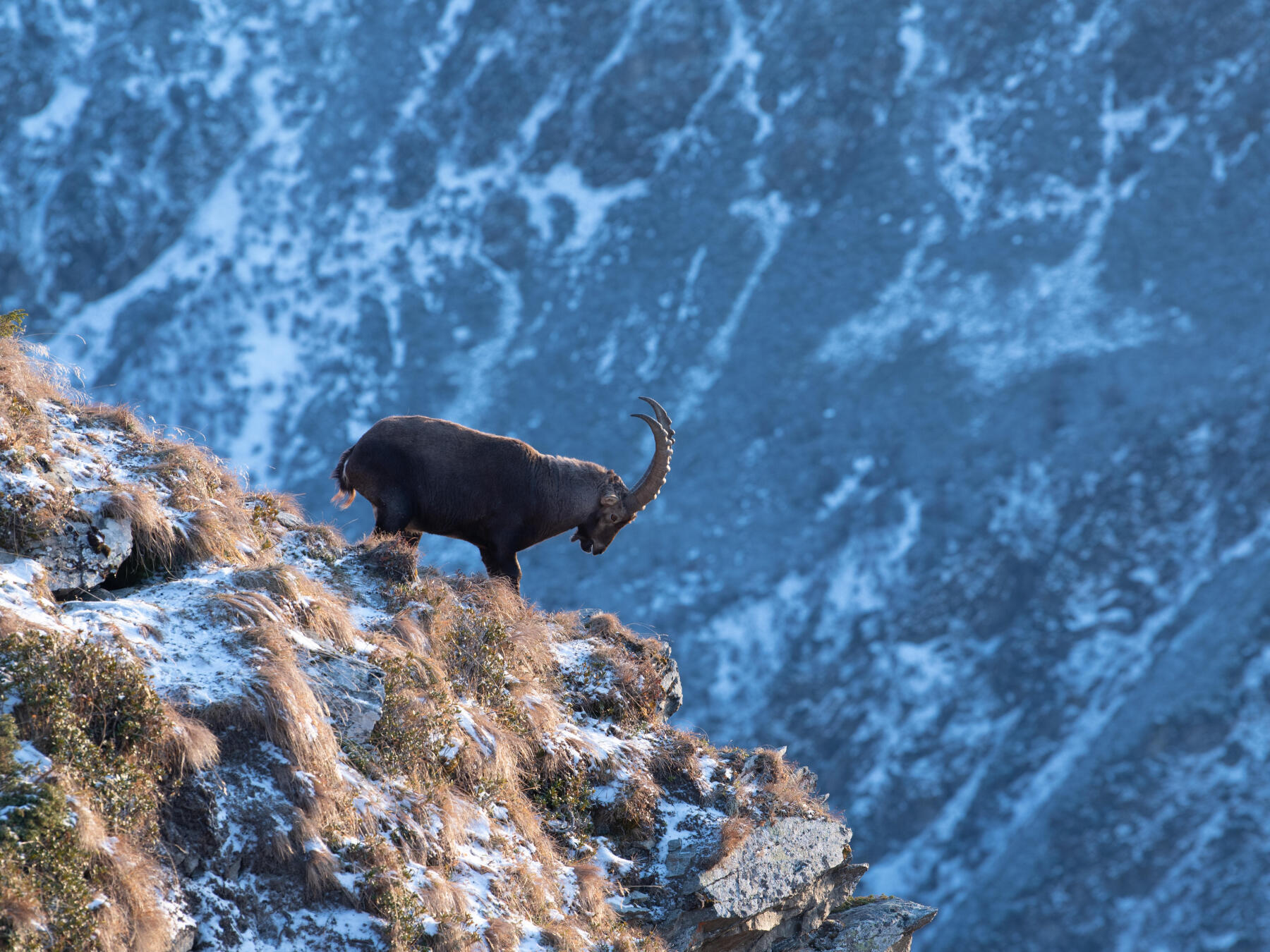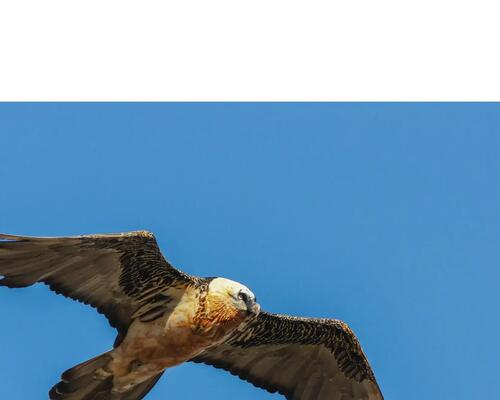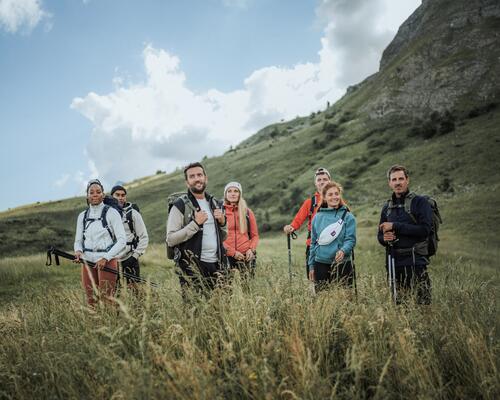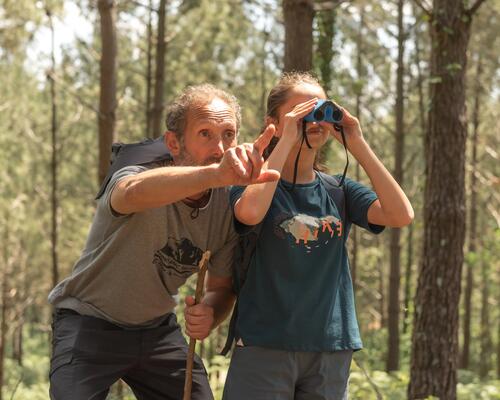How to tell a chamois from an ibex?
Let's get started with a difference that some will find obvious, but mistakes are often made, especially when it comes to identifying them from afar!
Chamois and ibex do have a few characteristics that help you tell them apart and that are quite easy to recognise from a distance:
Its appearance:
The chamois is generally less thickset than the ibex.
Its fur coat is also often darker than its cousin and the white patch on its hindquarters is quite marked.
Ibex also have this patch, but it’s less developed and their tail partly hides it.
Its horns:
If you’re close enough to be able to make out the animals’ horns, you may notice a major difference in size.
Those of ibex are thick and can reach over 60 cm for a five-year-old adult.
In the chamois, the horns are much thinner and a lot more curved.
They are also a much darker colour.












